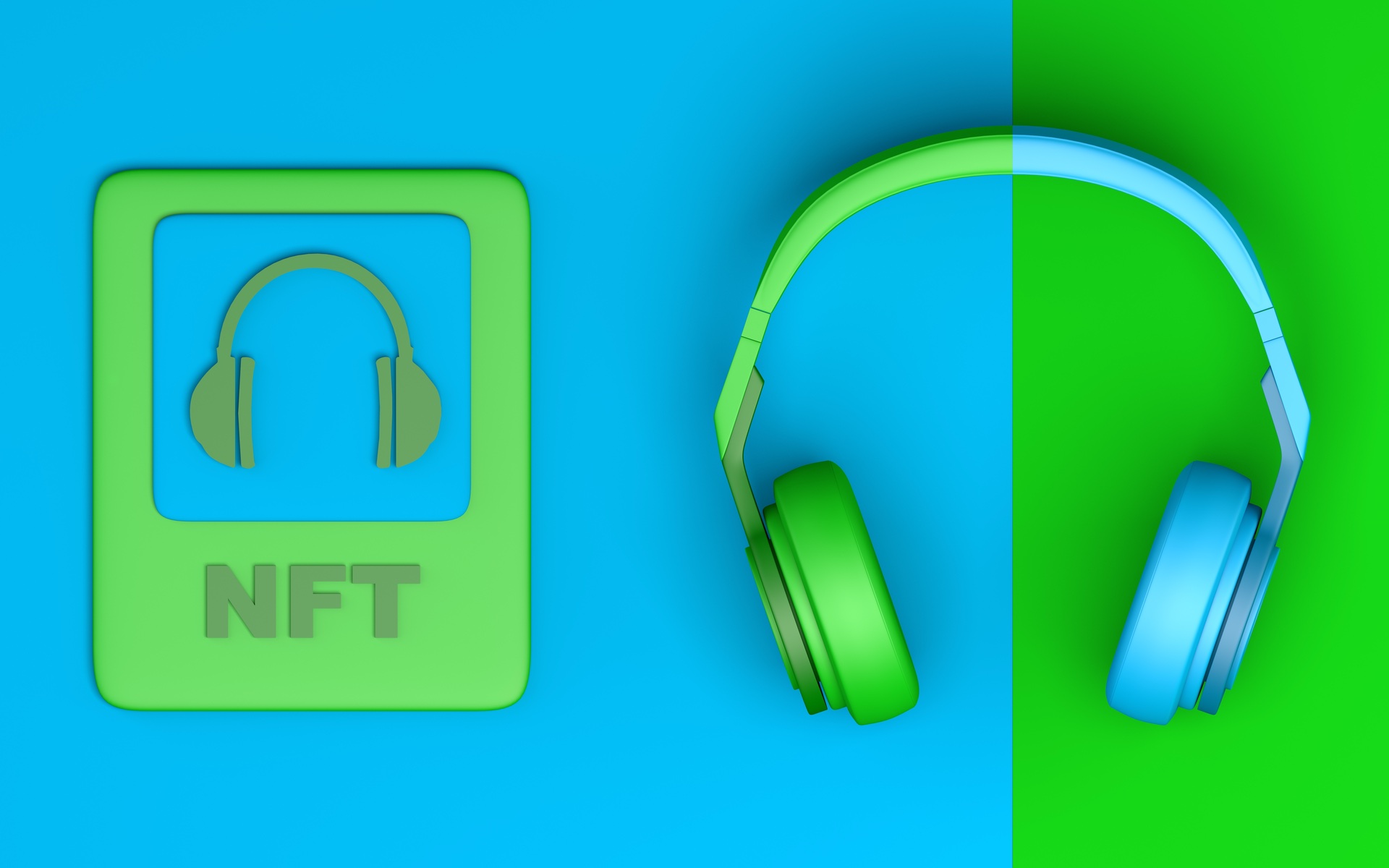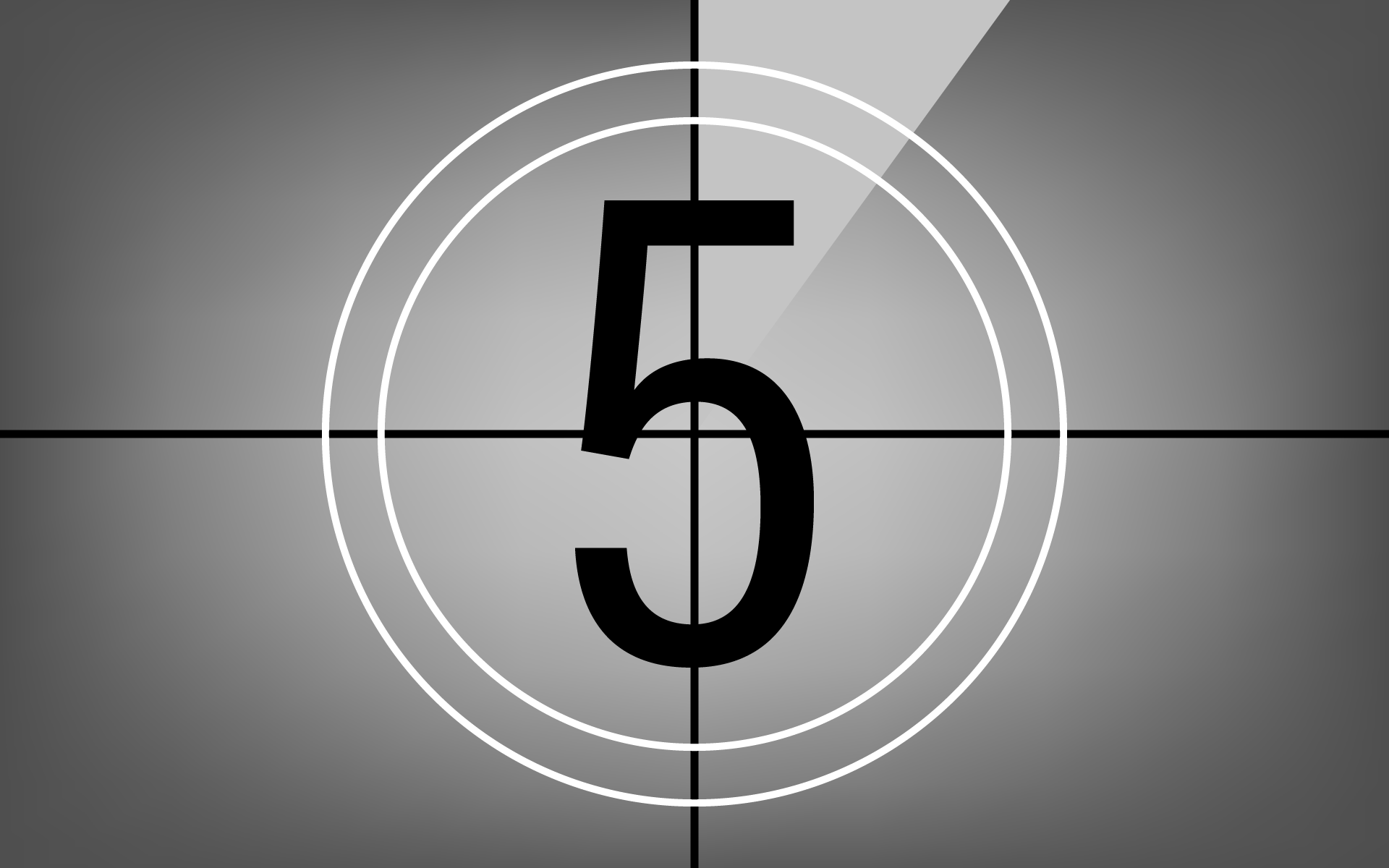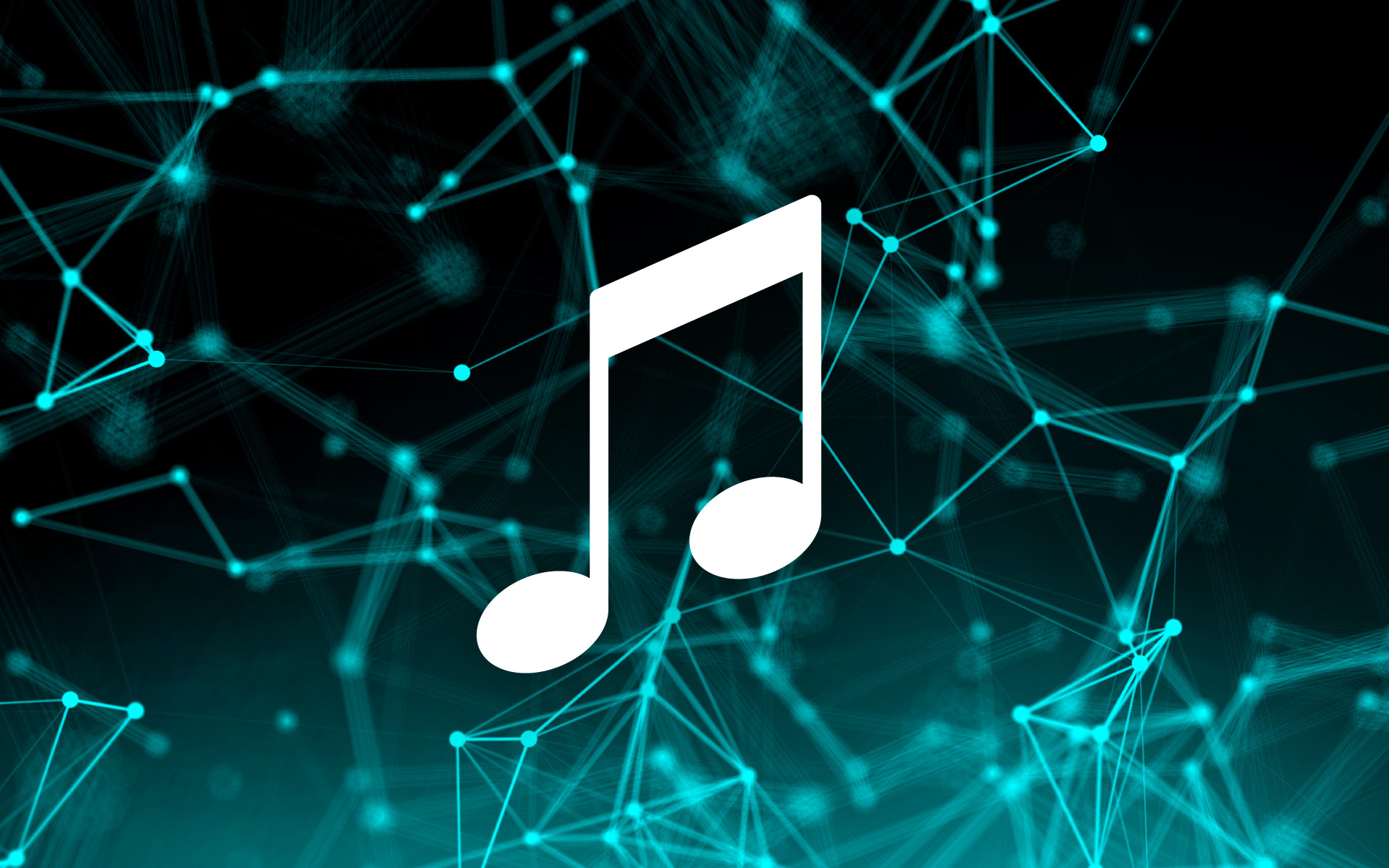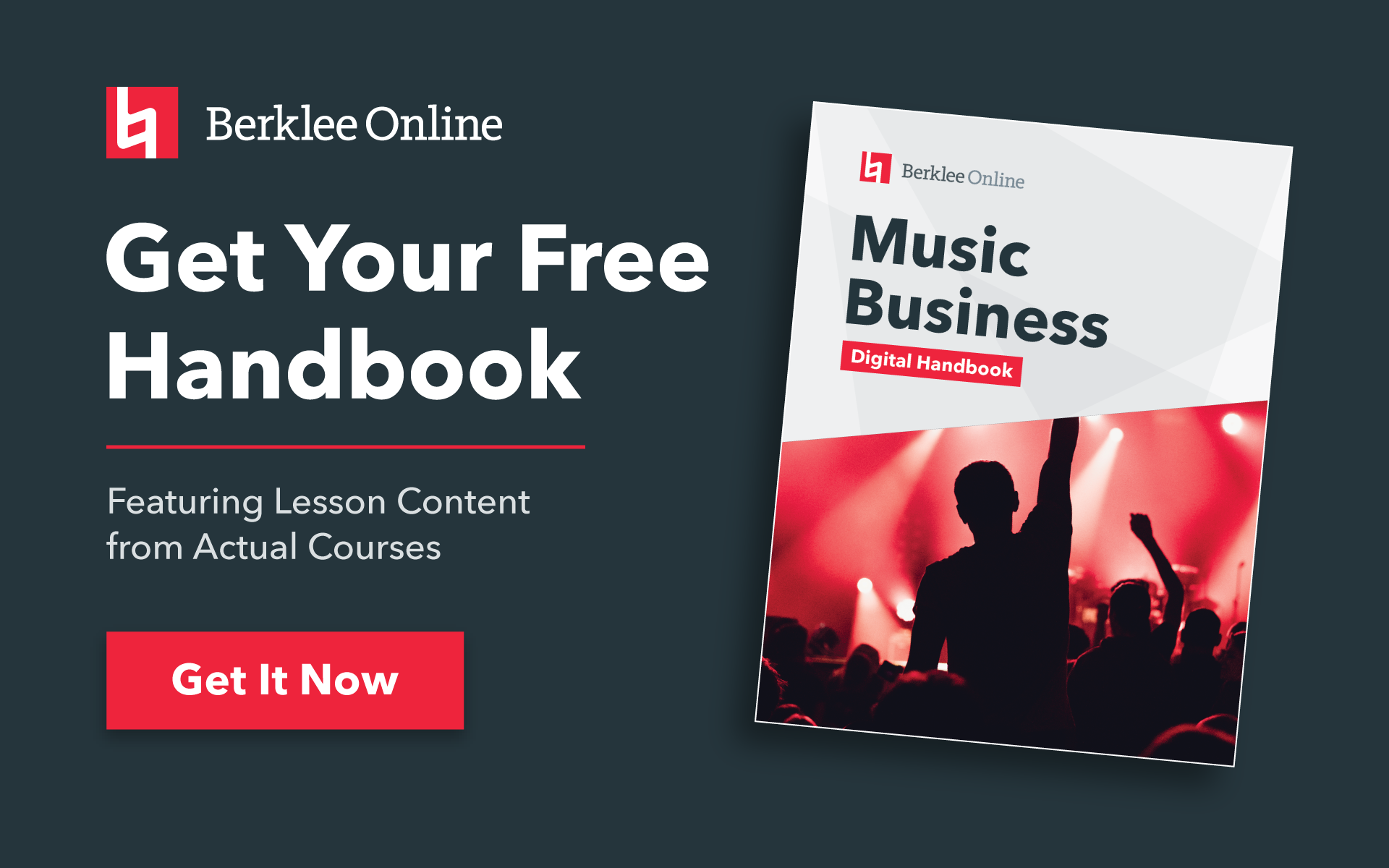The following information about music NFTs is for educational purposes and may not apply to your circumstances. We are not financial or investment advisors.
If you walk into an art gallery and you stumble upon a painting that strikes you, you often have the option to buy that original piece, and it’s yours. Depending on the evolving reputation of the artist, the value may go up. If the artist becomes big, you could have a valuable asset on your hands. You also run the risk that the painting will not increase in value, or even loses value. Either way, you find that piece of art intriguing and you take a chance and buy it. This is the financial model that exists in the fine arts, and now we’re seeing it transcend into the digital realm, not only with NFTs, but music NFTs.
Some say that music NFTs are the future of the music industry, while others say that they’re just a fad that will come and go. Let’s talk about what music NFTs are, how to buy and sell them, and what two Berklee community members say about their viability.
What are Music NFTs?
A music NFT, which stands for non-fungible token, is a unique digital asset that lives on the blockchain, and can be bought and sold. Where a regular NFT is typically just a visual asset, a music NFT has a musical component as well as a visual one.
One of the benefits of owning an asset like an NFT on a blockchain is the transparency of data ownership and accessibility. Because a blockchain is a decentralized system, just about anyone can participate, as long as they have a fast enough internet connection and enough money to fund the purchase in their digital wallet. Cryptocurrency doesn’t have the same policies and regulation that a centralized banking system does, but the transparency of the blockchain is considered self-regulating by design.
A Changing Dynamic
Since the onset of streaming, money-making opportunities for musicians have significantly decreased. As we discussed earlier, NFTs treat music like pieces of art, turning it back into a commodity that can be bought and sold like it could in the heyday of the music industry, via MP3s, CDs, cassette tapes, and vinyl records. Music NFTs allow fans to invest in artists that they enjoy and believe in, while (ideally) receiving financial gains in return. Conversely, they allow artists to fund (or at least partially fund) their music projects directly through the support of their fans.
Fans as Investors
Ryan McCulloch, a Digital Marketing Manager at Berklee, a musician, Berklee alum, and an NFT investor, sees this changing artist-to-fan dynamic as a positive one for both parties.
“Whenever you decide to invest in an NFT, normally you end up gaining value from it, both symbolic or cultural value, but also monetary value,” says McCulloch. “The fact that music is picking up on this is great because for many decades, there have been horrible stories of artists getting exploited. Fans are, in this instance, turned into shareholders, they own a stake in their favorite artists, and they stand to gain value from it. It really turns the narrative of consumerism on its head.”
The investor role is one that typically belongs to record labels, which historically has led to deals that often do not favor the artist. Prince, Taylor Swift, Frank Ocean, and TLC were locked into notoriously exploitative records deals. However, it’s undeniable that record deals open opportunities and offer infrastructure that artists can’t always attain on their own. Fortunately more independent record labels exist today that recognize more mutualistic deals result in better business relationships.
Fans as Fans
Before music NFTs, crowdfunding was one of the main ways that fans could fund music projects, in addition to direct contributions via sites such as Bandcamp. While some artists have been able to fund their projects solely with the help of donations, this situation can be the exception instead of the rule.
The difference between buying your favorite artist’s NFT and contributing to a crowdfunding campaign, is that a donation is considered a gift that has no expectations of return. Besides that, it results in artists being able to fund their projects. The relationship is a bit different with music NFTs because they are purchased to help fund an artist’s creative endeavor, but also with the hope that it will deliver a financial return.
Benji Rogers, who instructs the Music Business Trends and Strategies course at Berklee Online and is co-founder of the digital strategy consultancy Lark 42, sees this investor-investee dynamic between artists and fans as a flaw of music NFTs.
“The future of the music industry is in artist-to-fan connection,” says Rogers. “That’s where it’s always been. If you go to your fans and you sell them a digital picture for $100 and say, ‘hold onto it, because it could be worth more,’ and it plummets in value, what has that done to your connection to that fan?”
Building Music NFT Communities
Can the best of both worlds exist if fans invest in NFTs like a donation, or like buying a T-shirt, without any expectations of financial return? That is up to the individual, however, NFTs might offer more than just a money-making opportunity: community and identity. McCulloch says that the top reasons why he invests in NFTs is to support causes that he cares about, in particular, diversity, equity, and inclusion in web3.
“Normally when we think about investing, we think about the exchange of money,” says McCulloch. “I think this is really beyond investing. This has a lot more to do with mapping our real and digital identities to the things that we care about. So I think it goes beyond money, frankly.”
One way that musicians are upping the incentives for fans/investors to buy music NFTs is by offering holders special perks, and entrance to an exclusive community of fans.
Kings of Leon
In 2021, the Kings of Leon were one of the first major bands to release an album as an NFT with When You See Yourself. Released on the platform Yellowheart, the band offered incentives like front-row seats to their live shows for life, a special album package, and exclusive audiovisual art. They generated more than $2 million in sales, with $500,000 going to Live Nation’s Crew Nation to support live music crews during the pandemic.
“Over the last 20 years—two lost decades—we’ve seen the devaluation of music,” Josh Katz, the founder of Yellowheart, told Rolling Stone. “Music has become great at selling everything except music. There’s been a race to the bottom where, for as little money as possible, you have access to all of it.”
Steve Aoki
Steve Aoki, who is another early mainstream adopter of NFTs, launched A0K1VERSE in February 2022. Users join by buying an NFT passport, which includes free tickets to his live shows, free merchandise, members-only events and performances, and more.
“NFTs enable a two-way conversation between artist and fan,” Aoki told Forbes. “Previously it was always a one-way conversation. The artist produces something, and the fan either buys the product or not, but there is no conversation. With NFTs, there is a constant conversation.”
More NFT Success Stories
In addition to the Kings of Leon and Steve Aoki, Snoop Dogg, Eminem, and Nas have also stepped into the world of NFTs to great success. Even artists without a massive pre-existing following are benefiting from music NFTs.
Spottie Wifi
One of the most astonishing examples is Spottie WiFi, which is a rap project by Mig Mora, who purchased from the collection of CryptoPunks NFTs and assigned them an artist persona. Mora made $192,000 in 60 seconds from selling them—he only had 200 Spotify listeners at the time. To date, it’s the third highest ranking NFT project of all time.
“Artists don’t need a million fans that are going to spend one dollar on them per year just so all these middlemen can eat,” said Mora in an interview with Complex. “With NFTs, an artist just needs 500 or 1,000 fans that really rock with them, want to see them succeed, and are willing to invest in their success.”
Iman Europe
A more common NFT success story might look like singer/songwriter Iman Europe’s, who went from making $300 a month from streaming royalties to making $60,000 off of five music NFTs.
“I had one person buy my song for the amount it would have taken a million streams to get,” Europe told Bloomberg.
Set Your Expectations
While overwhelmingly successful NFT stories tend to make the headlines, it’s important to note that the vast majority of NFT sellers can expect much more modest outcomes. The data aggregate site nonfungible.com shows the average NFT price on any given day, but this number is skewed higher by approximately 200 accounts that have made more than six figures in all-time sales, to-date.
How to Buy Music NFTs
Now that we know what music NFTs are, and their potential, let’s talk about how to buy and sell them, and where.
Music NFTs can be bought and sold on websites such as Opensea or Nifty Gateway, which are some of the most popular sites for visual and audio NFTs. Sites like Royal, Opulous, Catalog, and Sound XYZ, are marketplaces solely for a special kind of music NFT called an LDA, or limited digital asset. The goal of an LDA is to allow artists to share royalty rights with their fans, choosing a percentage of their choice, and encouraging rights holders to share and remix the music that they own.
Ethereum
You’ve likely heard of the leading cryptocurrency Bitcoin, but most music NFT marketplaces use “Ethereum,” or “Ether” for short. Considered second in popularity to Bitcoin, the value of Ether fluctuates wildly. Here you can see the Ether value and conversion rate on any given day.
To buy a music NFT, first you need to fill up your digital wallet with Ethereum, which can be purchased with digital wallets such as Coinbase, Metamask, and Phantom. Then you connect your digital wallet to an NFT marketplace and you can start investing.
How to Sell Music NFTs
To sell a music NFT, you also need to create an account on an NFT marketplace and connect your digital wallet, loaded with Ethereum. Some marketplaces are invite-only or require artists to submit an application. Sellers are usually required to pay “gas fees” to create and mint an NFT collection.
Next you’ll need to create the music NFT collection that you want to sell. Choose which of your songs you want to be part of that collection, and include cover art. The decision-making behind this step is important because you can decide what you think would be unique and valuable to a buyer.
The Bottom Line
Whether you’re investing in music NFTs, fine art, or stock in a company, there is inherently risk, and some investments have better track records than others. Music NFTs are so new that we don’t yet have long-term data about their returns. If you want to get involved with NFTs, obviously use the golden rule of investing which is, only invest money that you would be okay with losing.
“My guiding principle is that the money doesn’t exist,” says McCulloch, meaning that this is money he’s set aside with the intention that it will be tied up in NFTs for the foreseeable future. “It’s really just numbers, and that helps alleviate some of the issues that will arise when you’re dealing with crypto.”
Do Your Fans Want Music NFTs?
If you are an artist interested in creating NFTs, ask yourself, “Is this something my fans would be interested in?” You could even survey them via email or social media, which could help inform your decision.
“If you, as a creator, go out to your fans and say, ‘Hey, this is what I’m thinking,’ and they all jump up and down and say, ‘I want it’—then amazing,” says Rogers. “But let them know what they’re getting into and understand that you are potentially entering into a financial relationship, which could have ramifications. Because you look really cool if your NFT goes from $20 to $300, but how do you look when it goes from $20 to eight cents?”
The Future of Music NFTs
While we don’t know the future outcome of music NFTs, we do know that cryptocurrency is not going anywhere. In fact, the UK’s Economic Secretary to the Treasury John Glen said in a recent speech that, “The UK is open for crypto businesses.” The Royal Mint is even developing their own NFT.
Whether you decide to create, buy, or sell music NFTs, or not, they’re definitely worth learning more about and following their evolution in the music industry. Even just knowing what they are and how they work is beneficial to your music business know-how.
Mora (aka Spottie Wifi), has perhaps the best advice for musicians who are considering expanding to the NFT market: “I think for artists, come in, observe, listen, learn, see what’s out there, see what’s working and then get familiar enough with the ecosystem and the market to understand what you can do.”












